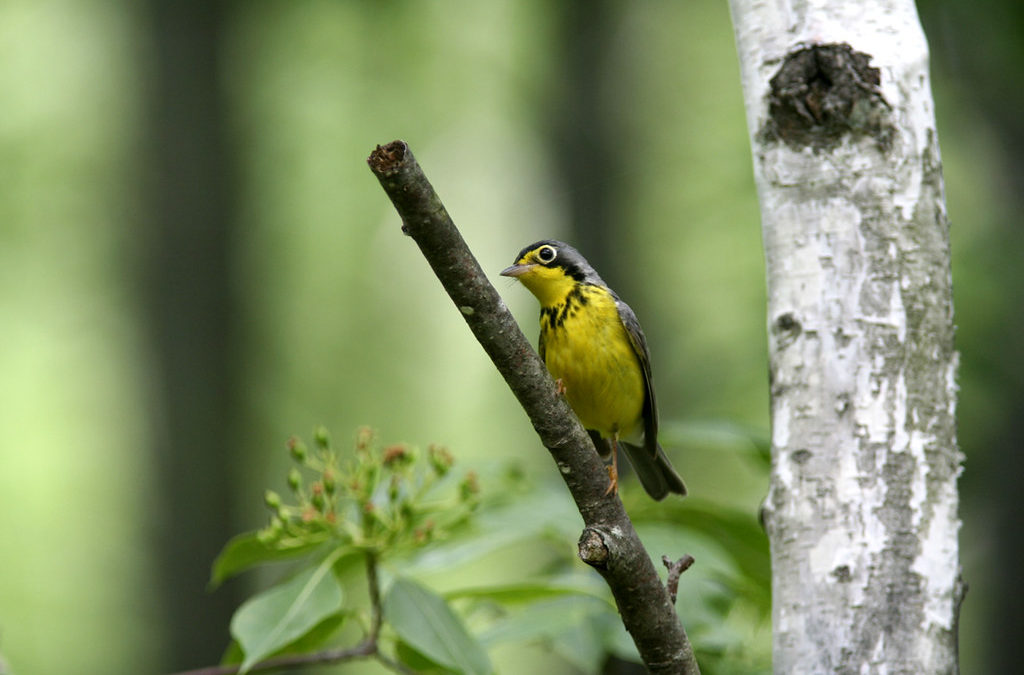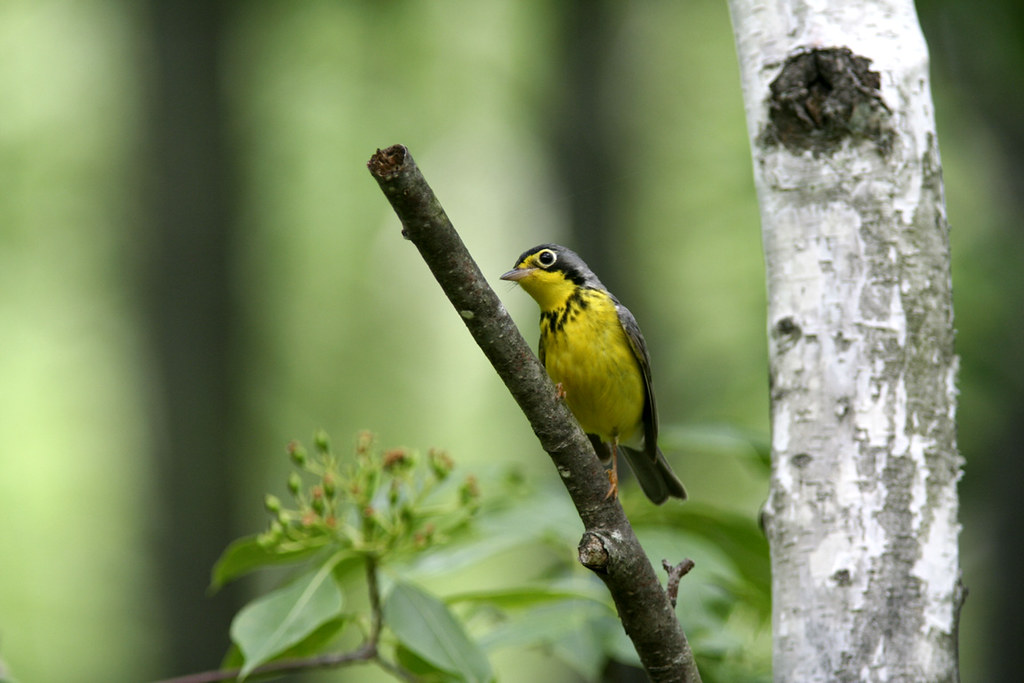
This spring and early summer migratory birds are flocking to Wisconsin as part of their annual trans-continental journey – and birders are flocking to see them.
The Great Wisconsin Birdathon is one of the most popular “bird-a-thon” style fundraisers in the nation, bringing in over $400,000 since it was created in 2012 to raise funds for bird protection efforts for Wisconsin birds, including:
- Reintroducing imperiled bird species like the Whooping Crane, Kirtland’s Warbler, and the Piping Plover.
- Contributing to the Wisconsin Bird Breeding Atlas II, the largest citizen science project in Wisconsin
- Supporting partnerships like Bird City Wisconsin, an organization that helps cities implement bird-friendly practices, like landscaping with native plants or erecting nesting structures.
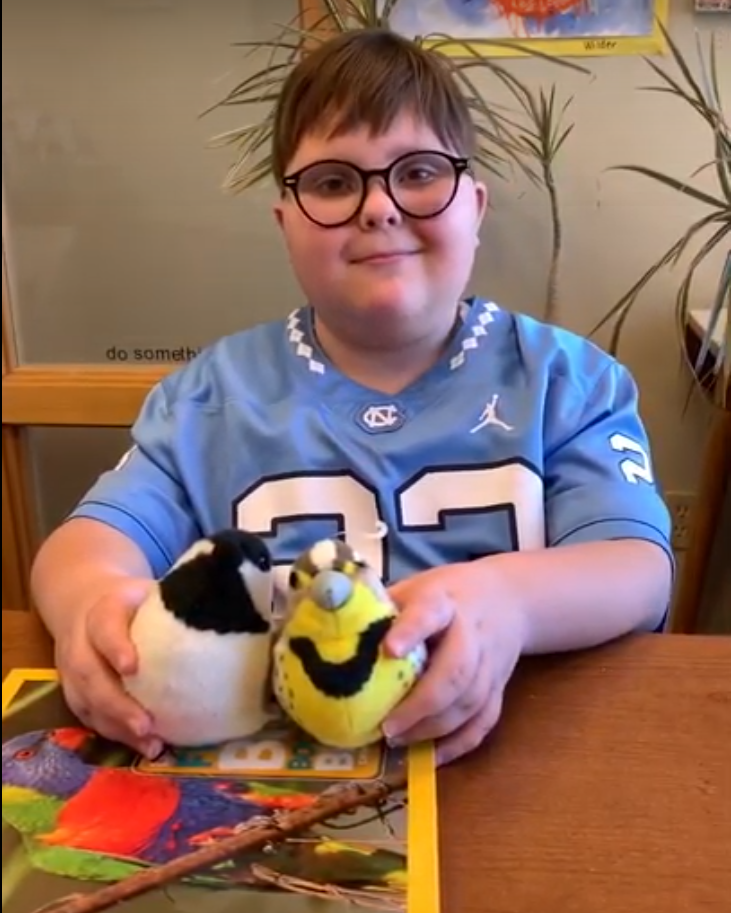
Newest Team
Wilder’s Wild Warbler Watchers “The Birdathon is something that even kids can do to help our planet and our birds.” -Wilder Wilder is a fourth grader from Madison, WI who has a passion for Wisconsin birds. “Wilder is autistic and sharing his love of birds has opened up doors for him to meet people and share a hobby,” his mother Ande shares, “he also has an exceptional talent for identifying birds by sight and by their calls.” Ande, a former summer camp director, encouraged Wilder to get involved in the Birdathon to foster an appreciation for nature.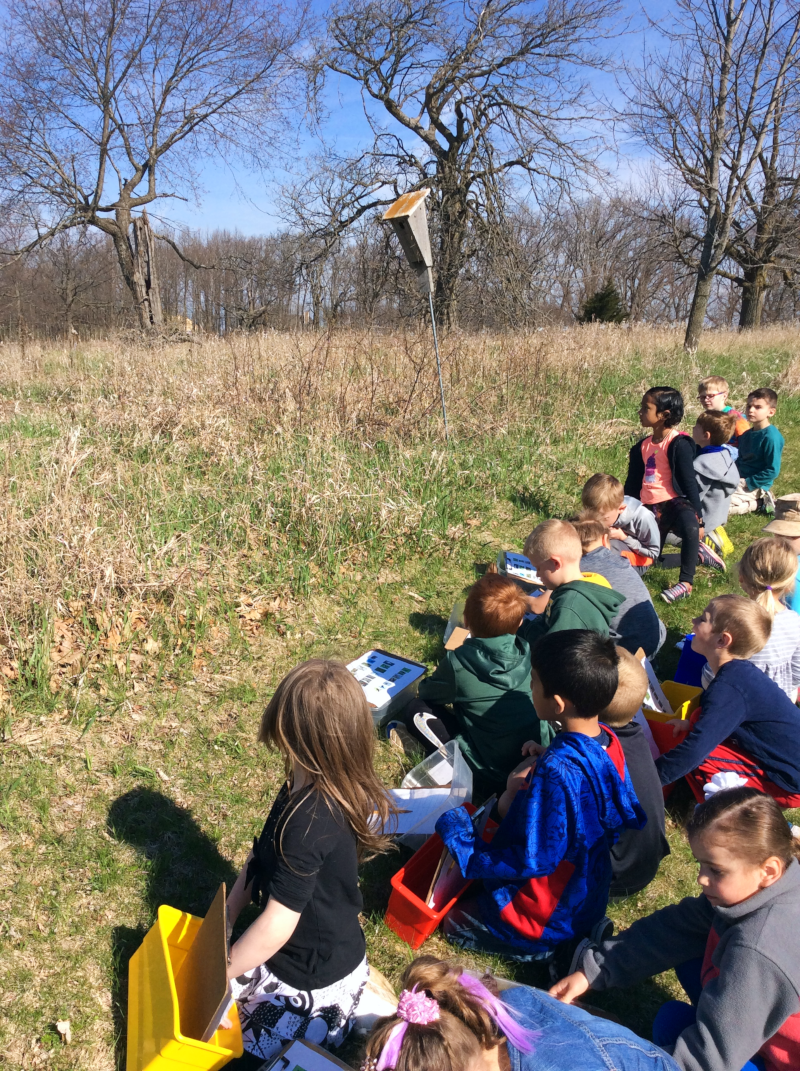
Youngest Team
Mr. Dargatz’s Nature Kindergarten Team “I love to listen for birds using my spy gear.” -Hudson, Mr. Dargatz’s student Mr. Dargatz’s Nature Kindergarten Team has been practicing their bird ID’s since January and can correctly identify many Wisconsin birds including Killdeers, chickadees, Turkey Vultures, wrens, Northern Flickers, and Red-bellied Woodpeckers. This is the second year Mr. Dargatz has had his class participate in the Birdathon, and he finds it be an engaging way for his class to connect to the school’s nature kindergarten program. “Helping my students slow down and pay attention to the world around them builds an appreciation and understanding of our role in the world and a deeper sense of the beauty in our own backyards,” Dargatz shares.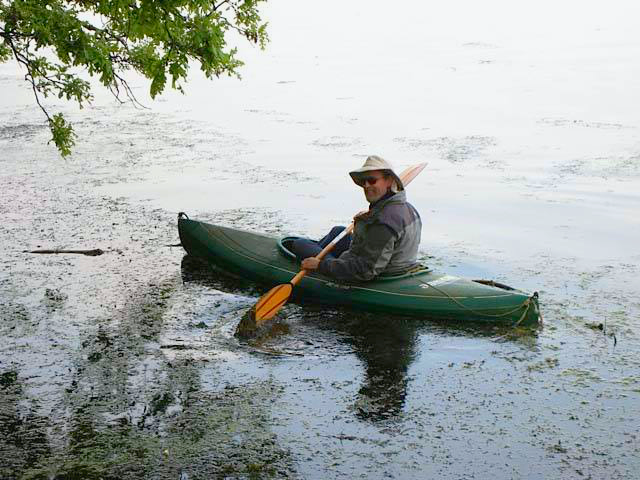
The Greenest Team
“When you slow down, you get to know rivers and streams in a way you haven’t known them before.” – Matteson River Raptors The River Raptors are our “greenest team” and use only kayaks and/or canoes to identify and tally Wisconsin birds. Birding by waterway is the teams’ effort to reduce their carbon footprint on an activity that traditionally can involve a lot of miles to get to birding hotspots. Conducting a “Green” birdathon has some benefits and drawbacks, says team leader Sumner Matteson. “We don’t get as many bird species as our gas-guzzling counterparts,” he says. “But because you’re constantly moving, you have to be very attuned to the landscape, and I find it’s a more heightened experience.”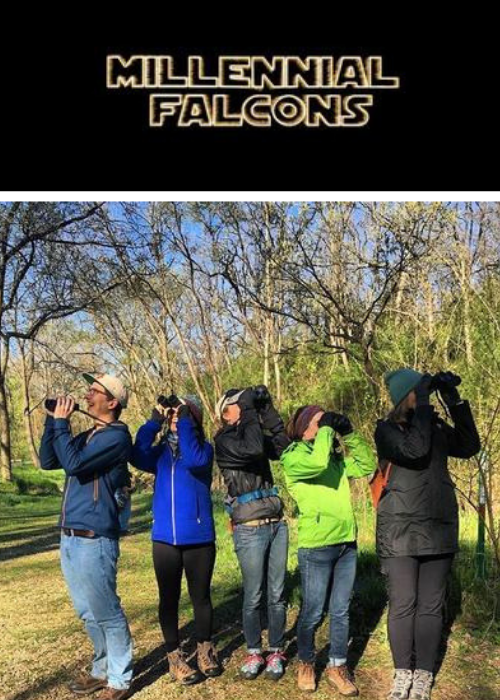
Birdathon Millenials (#forthebirds)
Millenial Falcons A long time ago in a galaxy far, far away… The Millennial Falcons is the Birdathon team of the Wisconsin Wayfarers, a peer group of 20- and 30-somethings of the Natural Resources Foundation who hike, bike, paddle, and explore Wisconsin together. Cait Willliamson, team leader and NRF Director of Conservation Programs thinks birding is a great activity for the Millenial generation. “It’s such a fun way to get outside and do something different – we love exploring new places on our Birdathon, and it’s great to meet other people our age who also love spending time outdoors. Plus, it’s for a great cause!”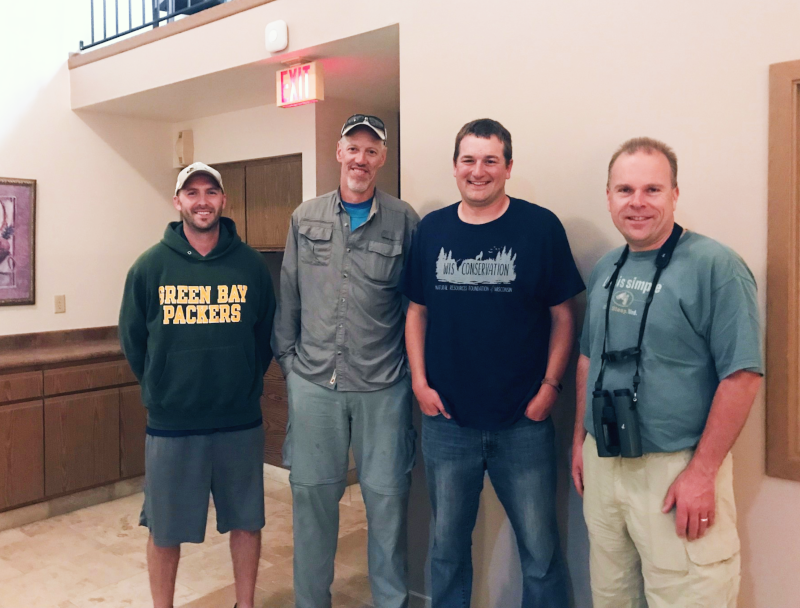
Highest Species Total
Secretary Birds “I consider this the “Super Bowl” of my birding year.” -Tom Prestby The Secretary Birds try to hit as many habitats as possible in the key first three hours of daylight, when birds are more vocal (knowing your bird songs is essential for using this method!) Types of habitats could range from grasslands, to hardwood forest, to wetland thicket. They recommend saving shorebirds like ducks, waterbirds, etc. for later in the day since their detectability doesn’t change significantly throughout the day. Team leader Tom Prestby suggests paying close attention to weather and being flexible if possible – a day with as little wind as possible is best. But his biggest piece of advice? Have fun, go at a speed that works for you, and go to areas that interest you the most.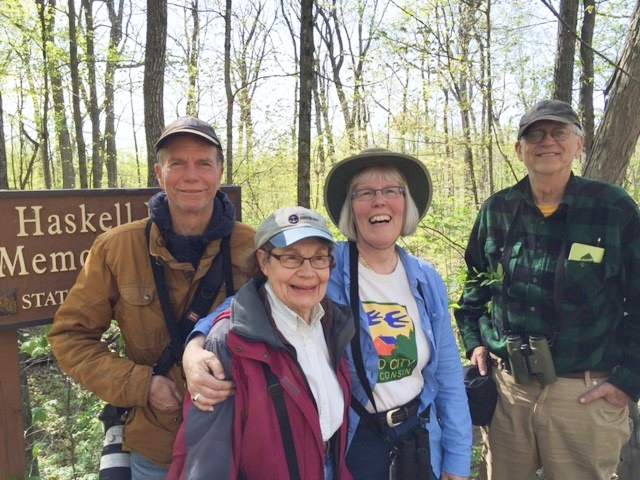
Highest Fundraising Total
“The secret to a successful Birdathon is having teams who believe in what they’re doing.” -Schwartz Cutright’s Old Coots Cutright’s Old Coots have been with the Birdathon since the campaign’s pilot year in 2012, finding over 150+ species each year and raising as much as $54,000 for the Bird Protection Fund. Some priority issues impacting birds on the top of the list for the team include cats, collisions, and habitat loss. “These all are issues addressed by Bird City Wisconsin,” says Schwartz, “which helped Milwaukee’s Fiserv Forum become the nation’s first bird-friendly sports arena and has recognized 109 communities in the state for their commitment to urban bird conservation.”To learn more about the Great Wisconsin Birdathon or to make a donation, visit the Birdathon website.
Written by Jaime Kenowski, Communications Coordinator
